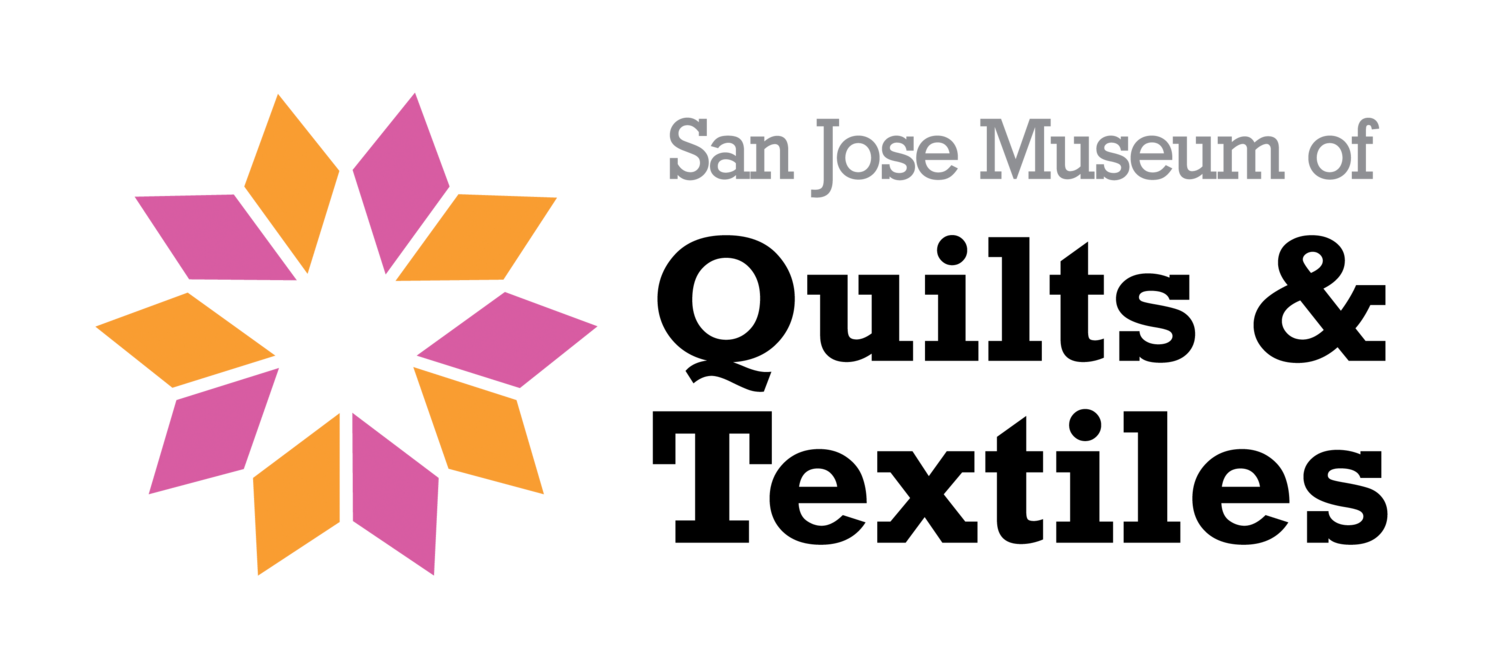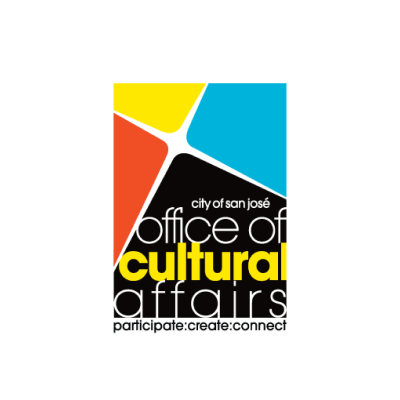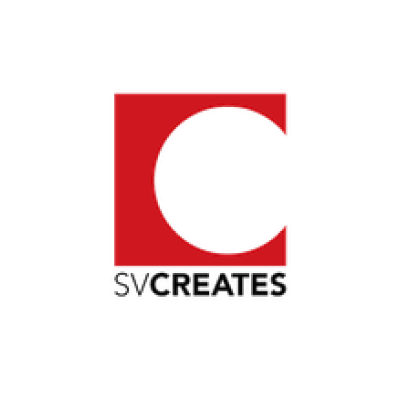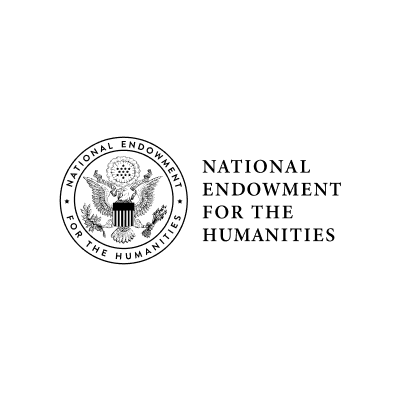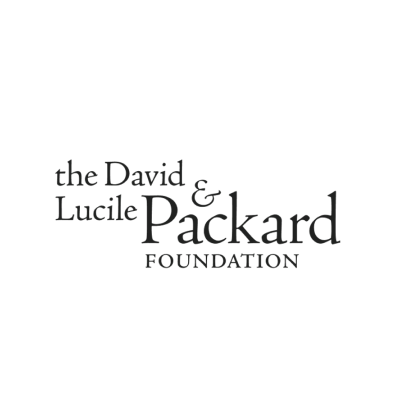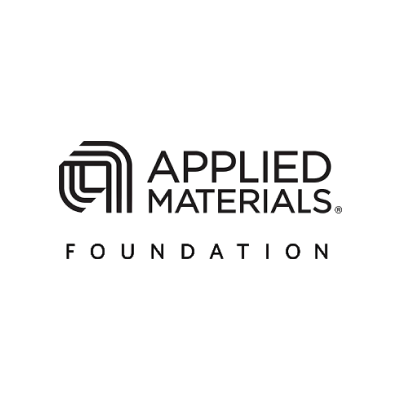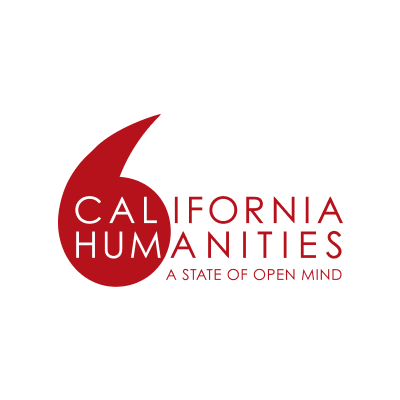#MondayArtworkSpotlight: Reiko Fujii’s (@glasskimono) “Glass Ancestral Kimono III” and "My Daughter's Glass Kimono" currently on display in the exhibition Inside Out: Seeing Through Clothing. Reiko Fujii’s wearable glass kimonos consist of more than 2000 pieces of individually hand-cut glass, fused together to make 224 three-inch by three-inch frames.
Within each frame is an image of the artist’s family. After creating her first glass kimono, Fujii journeyed to the towns in Japan where her relatives had lived, wearing the kimono as a mobile, inhabited shrine. When the kimonos are worn, they make the sound of wind chimes as the bottom rows strike each other. With the light reflecting from the rich glass texture and the haunting sounds of windchimes, the kimono acts as a multi-sensory tribute to her family and the many generations who came before her.
Also featured in this exhibition is the companion piece "My Daugher's Glass Kimono," created by the artist to represent the dual ancestry of her daughter, Melissa. This work combines images of the artist’s relatives as well as the familial images of her husband, whose family emigrated from Czechoslovakia. According to the artist, the continuity of the past, present and future is symbolized in this work, which includes images of her daughter’s Japanese and Czechoslovakian ancestors. Both kimonos were worn by the artist and her daughter and performed at the Corning Museum of Glass in New York in 2009.
